How to Make Floral Hydrosols From Your own Garden
Learn how to distill essential oils and floral hydrosols from your own garden. Hydrosols are herbal essences and distilled water. Add this skill to your repertoire, you won’t regret it!
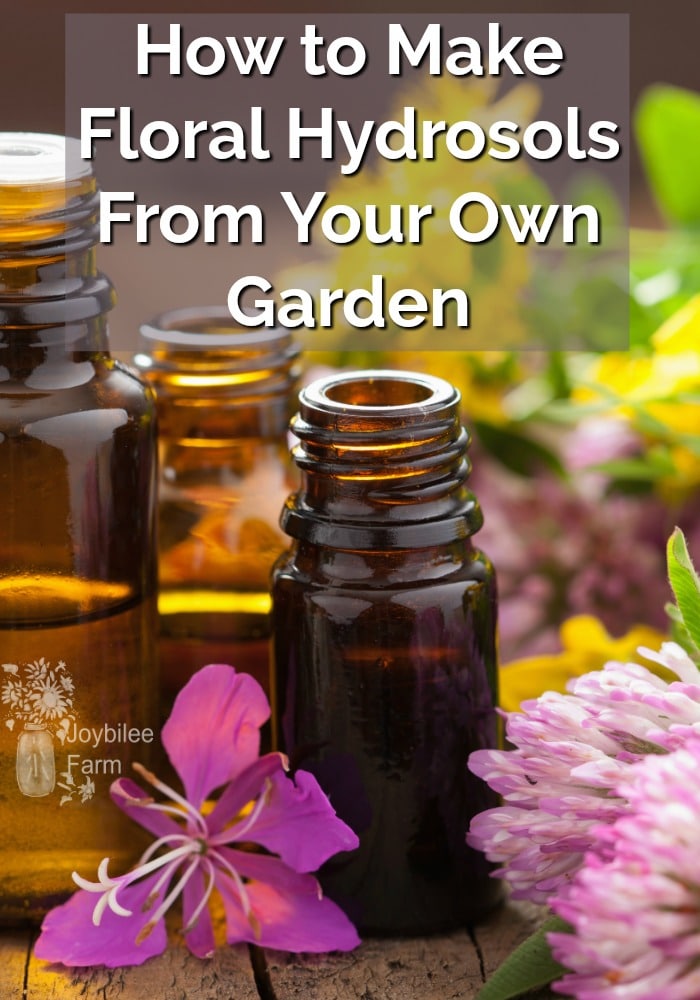
Floral hydrosols are a by-product of making essential oils. Essential oils are distilled from plant material using essential oils still. The essential oils come off the top of floral water or hydrosol. This hydrosol contains many of the water-soluble components of the flowers or leaves and can provide therapeutic and aromatic benefits.
What are essential oils?
Essential oils are the concentrated oils found in leaves and flowers that are responsible for their fragrance. They are highly volatile and evaporate into the air easily. They degrade in bright light. This is why they are sold in dark glass bottles with tightly capped lids. They are usually used by the drop rather than by the spoonful.
Essential oils are separated from the plant material through steam distillation and carefully handled to assure maximum yields. Steam distillation of flowers and leaves gives two products – the essential oil plus a floral hydrosol.
Different plants have different yields of essential oil per lb. of plant material and this is reflected in the price of the essential oil. Rose essential oil or attar of roses is one of the most expensive essential oils with ¼ oz of the oil – a mere 5 ml valued at over $100. And Rose hydrosol valued at $10 per 8oz. Obviously, it takes a great many rose petals to make that ¼ oz of essential oil – 45 lbs of roses or about 15,000 roses to be exact. Rose hydrosol is also called “rose water.” It is used in cosmetics, and Turkish baking, lending a delicious rose flavour to confections like “Turkish delight.” (See my rose marshmallow recipe and my rose pizzelle recipe to get an idea of how to use Rose Hydrosol in the kitchen.)
Less expensive essential oils, like peppermint essential oil, need less plant material to distill for essential oil – 5 lbs of peppermint leaves will yield 1 oz of peppermint essential oil. The rest of the distillation is peppermint hydrosol, useful as an air freshener, insect repellent, and in an aromatherapy diffuser.
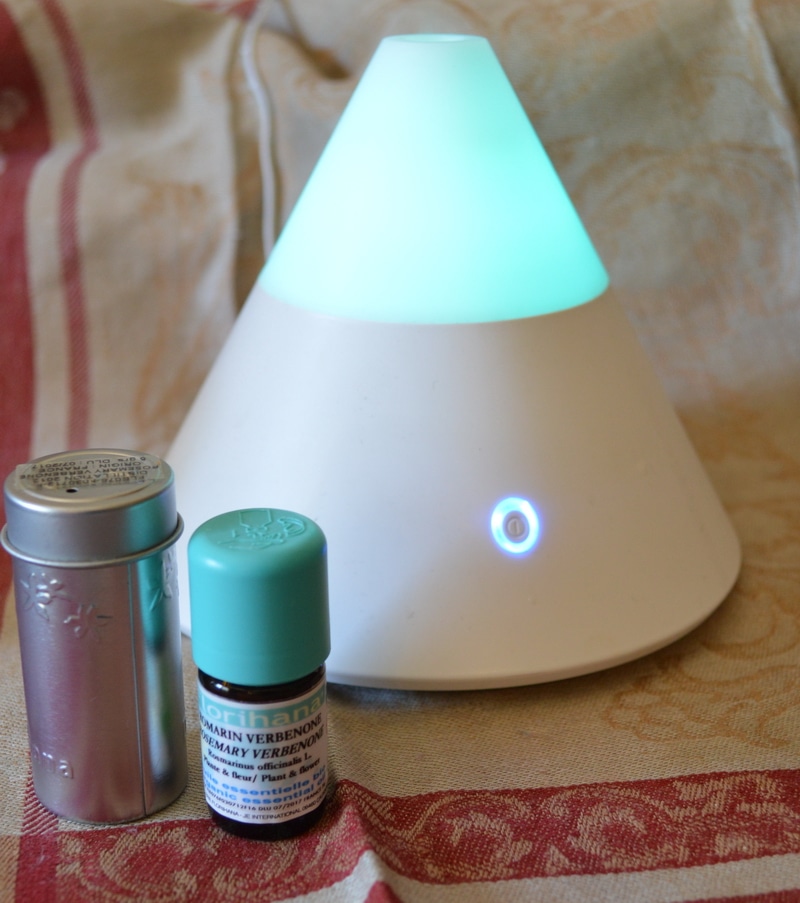
You can distill essential oils at home from your own garden plants – but be warned that the yield of essential oil is quite small compared to the yield of floral hydrosol. With some plants, like roses, you need such a large volume of plant material for a very small amount of essential oil that special equipment is necessary to handle the volume. Don’t be shy to try this anyway, because the floral hydrosol is exquisite on its own, and your house will smell amazing.
So why would you want to distill your own essential oils?
- Because it makes a fun science experiment for homeschoolers.
- Because the house will smell amazing as the essential oil is distilled – some of that oil ends up in the room.
- Because it turns some of that prolific peppermint into a product that will have a longer shelf life than just leaves for tea.
- Because you want a few bottles of hydrosol for air freshener.
- Because it’s a cool self-reliance thing to learn how to do it.
- Because you don’t want pesticides in your essential oils.
- Because getting good quality essential oils where you live is difficult so you must make your own
- Because you can.

Which plants are good candidates for home essential oil distillation?
Easy yielders:
- Peppermint
- Oregano
- Eucalyptus
- Rosemary
- Fir or pine
- Lavender
Expensive so worth the effort for the small amount that you get:
- Rose
- Chamomile
- Lemon Balm
- Yarrow
- Jasmine
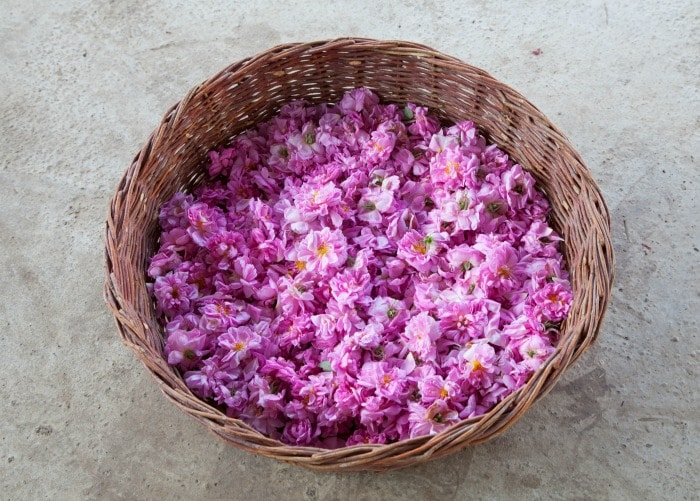
How to distill essential oils and floral hydrosols from your own garden
For a large amount of essential oil, you’ll need a fully equipped copper essential oil still or alembic distiller. The directions given here will let you create a floral hydrosol with a small number of essential oils in it. You will use improvised equipment from your kitchen, so no specialized equipment is necessary.
You’ll need:
- A large pot with a domed lid
- A brick
- A 1 cup glass measuring cup
- Ice cubes or block ice
- Source of heat
- 3+ litres/quarts of freshly picked leaves or flowers
- Water
- Pipette to lift the essential oil from the top of the hydrosol
- A mason jar with a tight lid to hold your floral hydrosol/essential oil
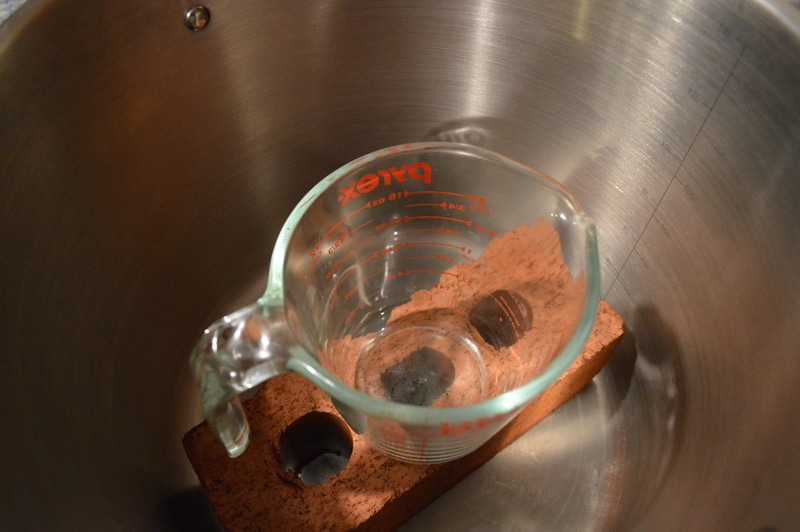
Step by step instructions
- Put the brick in the center of the pot.
- Put the leaves or flowers in a pot, up to the side of the brick, and cover with water.
- Put a measuring cup on top of the brick, inside the pot.
- Place the lid on the pot upside down, so that the handle nub in the center is pointing toward the measuring cup.
- Bring the water to a rolling boil. Turn the heat down to a simmer.
- Simmer the water to steam the leaves or flowers. The water will condense and evaporate, and the condensation will slide toward the handle and into the measuring cup.
- Put about 12 ice cubes on top of the upside-down pot lid to hasten the steam condensation.
- After 20 minutes, remove the cup of liquid and empty it into a glass 8 cup measure. Return the empty measuring cup to the “still” and continue the process.
- Add more plant material, as the original plant material loses its colour and bulk.
- Repeat the process until you have about 6 cups of liquid, emptying the contents of the measuring cup every 20 minutes or so.
- Turn off the heat.
- Using a fork, stir up the contents of the 6 cups of distilled liquid. Allow contents to settle. If you had enough plant material, you will have a thin amount of oil on top of the distilled hydrosol. which will be on the bottom.
- Use a pipette to remove the essential oil and place it in a coloured glass bottle with a reducer-dropper cap. The remaining liquid is fragrant hydrosol which can be used in the same way that you use essential oils diluted in a carrier.
For the best chance at success to make your own floral hydrosols
- If you don’t have much plant material, you may only get hydrosol and not any noticeable essential oil.
- Set up your still before you pick your plant material and get it working right away. If you pick one day and try this experiment the next, you will lose valuable oils from the plants. Essential oils evaporate in the air.
- Pick your plant material after the morning dew has evaporated off the plants but before it gets hot.
- With roses pick the petals while the dew is still on them, in the early morning, and steam immediately.

How to use floral hydrosols
Hydrosols are herbal essences and distilled water. They will keep indefinitely if stored in sterilized bottles and protected from light and heat. You can use them as air fresheners, skin fresheners, hair rinses, cooking, cosmetics, and homemade cleaning products. You can use floral hydrosol directly in your electric ultrasonic essential oil diffuser, without adding any additional essential oil or water.
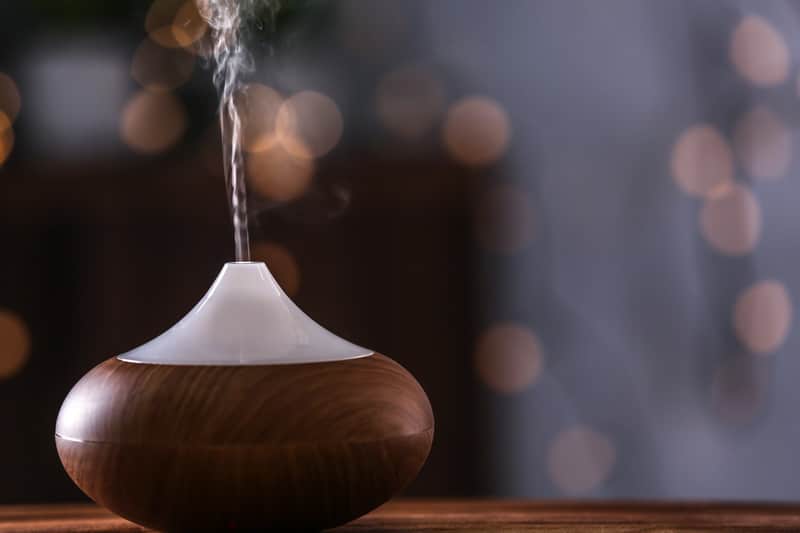
Don’t have enough plant material this year?
I buy my organic steam distilled essential oils and hydrosols from two places:
Plant Therapy Essential oils and Rocky Mountain Oils


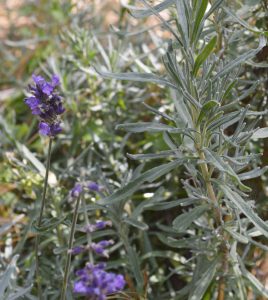
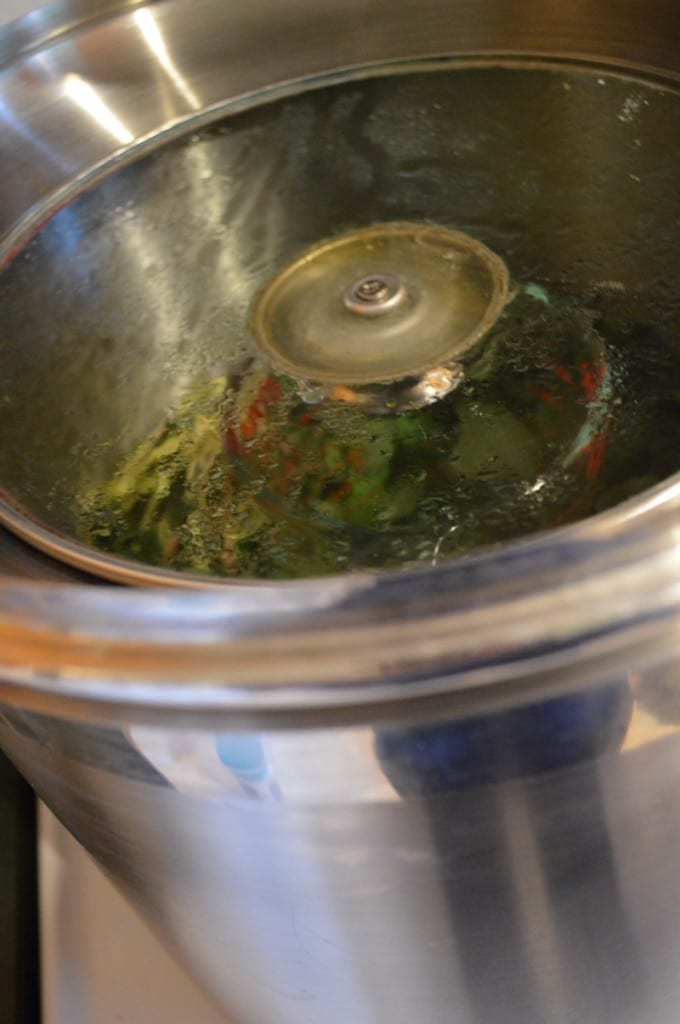

Yes, using it as a toner is perfect.
Hi….. I know this is years late but what do you do with the extract? Can that be used as a toner after filteration or is it to be discarded? I have been researching on DIY hydrosol and came across your post on pinterest… you have explained the process beautifully. Just hope you see my comment soon!!
Cheers,
Ruchi
@JOYBILEE FARM
Can you comment on this? I’m working on distilling mint and have found this odd smell as well. Also, @tiffany koper-christian can you point me to an online source that talks about this? I’d like to learn more. Thank you!
Of course fresh blooms are best but if you have access to older blooms provided they have some fragrance left they will just have a lower yield. However, do be cautious if the local rose garden sprays their roses. You only want to use organically grown roses for this project.